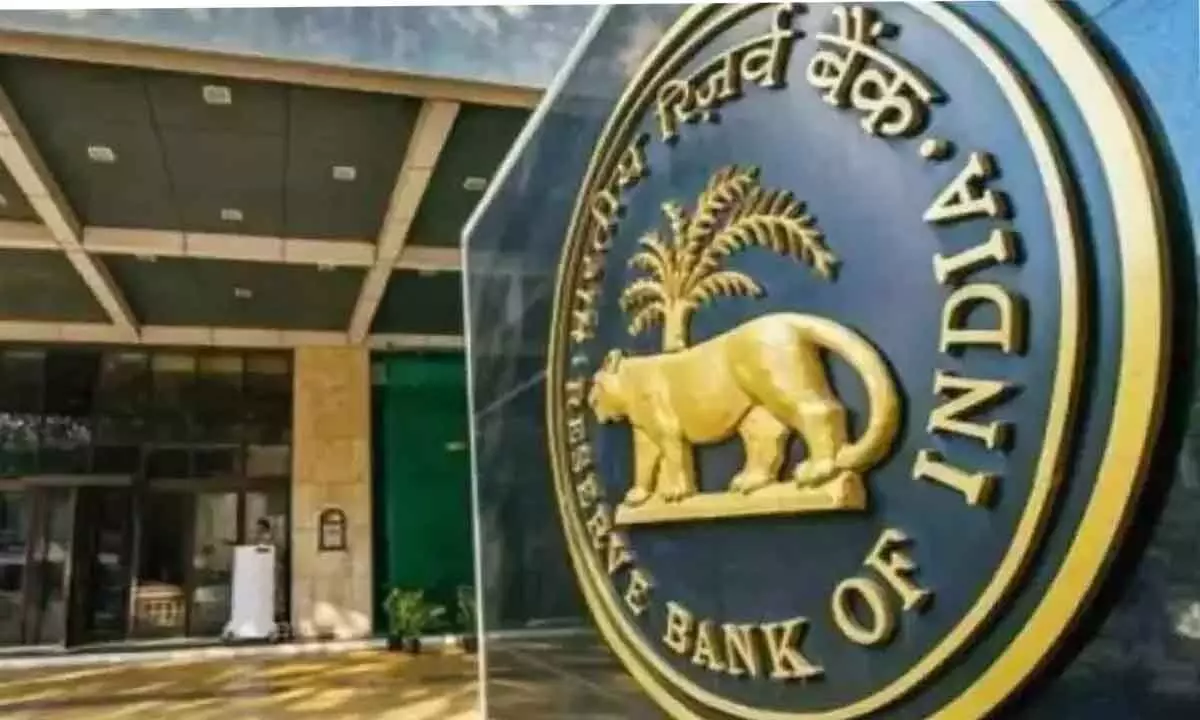why RBI has cautioned banks at the right time
Several banks are guilty of improprieties
image for illustrative purpose

It is nice to see that the RBI is awake. Regulators getting caught unawares are not just an Indian phenomenon; it happened in 2007-08 during the global financial meltdown. More recently, regulators and even top bankers in the US were found to be ‘woke’ rather than awake. The denouement was the collapse of Silicon Valley Bank
Forewarned, they say, is forearmed. So, the Reserve Bank of India (RBI) warning about governance gaps in some banks has come at the right time. This is what a regulator should be doing: monitoring the sector under its watch all the time. A malaise that has manifested many a time in the past among all regulators, including the RBI, has been a lax attitude in normal times and hyperactivity when there is a crisis (which is often the result of earlier laxity).
“Today, our banking sector stands out strong and stable,” RBI Governor Shaktikanta Das said at the Conference of Directors of Banks. He has reason to say that as last December, net non-performing assets (NPAs) stood at 1.16 per cent, much lower than the six per cent in 2017-18.
Wisely, however, he added, “It is in times such as these that complacency may set in. We have to bear in mind that risks often get overlooked or forgotten when things are going well. Therefore, Boards of Directors of banks and their senior management should maintain constant vigil on external risks and build-up of internal vulnerabilities, if any.”
During the course of the RBI’s supervisory process, certain instances of using innovative ways to conceal the real status of stressed loans have also come to the banking regulator’s notice, he said. These include: bringing two lenders together to evergreen each other’s loans by sale and buyback of loans or debt instruments; good borrowers being persuaded to enter into structured deals with a stressed borrower to conceal the stress; and the use of internal or office accounts to adjust borrower’s repayment obligations.
Das didn’t name any banks which are accused of improprieties but the list of improprieties is quite long. Loans are renewed; new and additional loans are given to stressed borrowers or related entities closer to the repayment date of the earlier loans; ever-greening. He claimed that he mentioned these instances to “sensitize” top banking executives. It is nice to see that the RBI is awake. Regulators getting caught unawares are not just an Indian phenomenon; it happened in 2007-08 during the global financial meltdown. More recently, regulators and even top bankers in the US were found to be ‘woke’ rather than awake. The denouement was the collapse of Silicon Valley Bank (SVB).
The RBI Governor did mention the recent problems in US banking without mentioning SVB. Emphasizing that the business models of banks must be robust and prudent, he said that their boards need to pay specific attention to the asset liability management (ALM) in banks, as suboptimal ALM can lead to serious liquidity risks and destabilizing effects on the bank itself.
“The recent developments in the banking sector in the USA bear ample testimony to this,” he said.
Das reminded Indian bankers that the recent developments in the US have demonstrated that aggressive growth strategies with disproportionate or excessive focus on the bottom lines and/or market capitalization often leads to build up of vulnerabilities. Banks should exercise caution and prudence in their growth strategies, pricing of products and portfolio composition.
Frankly, Indian bankers don’t need to be reminded about the perils of aggressive growth strategies. They, and we, have seen this before. When the Congress-led United Progressive Alliance was in office, there was a spree of infrastructure projects by private companies, most of which were funded by public sector banks.
Easy credit resulted in higher risk-taking by the captains of industry, a bigger debt burden, and a rise in NPAs. And then surfaced the ‘twin balance sheet’ problem: infrastructure companies taking the lenders down with them. NBFC giant IL&FS, which was already beset with a host of problems, fell.
What the RBI has told the top brass of Indian banks is important. Now, the banking regulator has to ensure that its instructions are followed by all bankers in letter and spirit.

